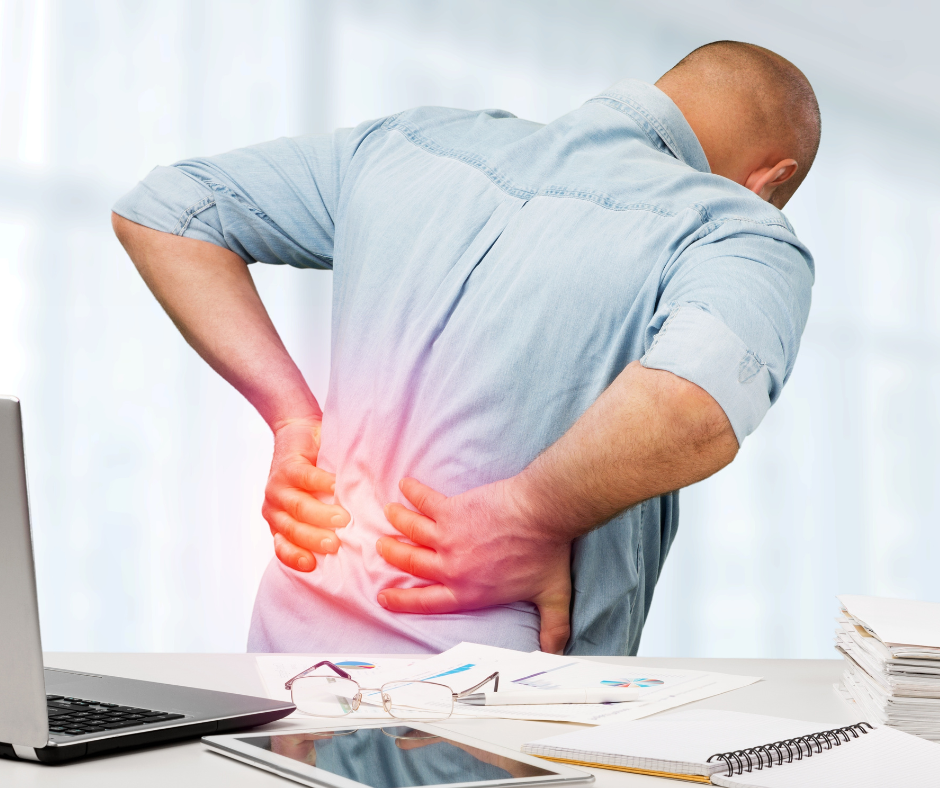EMPLOYERS AND HUMAN RESOURCES MANAGERS
We help your business improve its productivity and the well-being of your employees.
Program to manage absenteeism and presenteeism related to pain
Combat absenteeism and presenteeism related to pain
Improve the well-being of your employees and the performance of your business
In a world where 20% of the population suffers from chronic or occasional pain, and nearly 8 million people in Canada live with chronic pain, the repercussions on the workplace are considerable. According to Statistics Canada, absenteeism costs Canadian businesses more than $16 billion annually, with even greater hidden costs linked to presenteeism. For Quebec companies, the cost of absences can represent up to 20% of payroll.
3 reasons to work with us to improve the well-being of your employees and productivity in your company:
Our commitment to employers
- Reduce the financial impact: We aim to reduce the economic consequences of absenteeism and presenteeism, as well as the costs linked to privation and provincial compensation.
- Improve the well-being of your employees: We help your employees find and maintain their well-being so that they reach their full potential at work.
- Position your company as an employer of choice: Through a comprehensive wellness program, including pain management, your company will stand out.
PROGRAM AIMED AT REDUCING ABSENTEEISM AND PRESENTEEISM RELATED TO PAIN FOR EMPLOYERS
How the program works for employers

Your Company
- You provide our functional electrotherapy services to your employees through your insurer or your own program
- Offers a solution to reduce absenteeism and presenteeism related to pain
- Positions your company as an employer of choice
- Enhances the well-being of your employees

SET
- File opening
- Personalized call
- Communication of the patient's choice
- Sending the TENS device to your employee

Your patient
- Becomes an expert in his condition
- Education and follow-up (one hour of therapeutic education and regular follow-ups)
- Adaptation and evolution according to his condition
- Access at all times to our ETF experts
What is functional electrotherapy, and how can it help my employees?
Functional electrotherapy employs electrical pulses to alleviate pain and enhance circulation, providing a non-medication-based remedy especially beneficial for employees experiencing pain from prolonged sitting or physical activities. It can significantly reduce pain, thereby improving productivity and quality of life at work.
How can functional electrotherapy reduce pain-related absenteeism among employees?
Functional electrotherapy uses electrical pulses to alleviate pain, decreasing absenteeism by helping employees feel better and return to work more quickly. This non-medication approach also enhances mobility and reduces reliance on pain medication, thereby improving productivity and overall well-being within the company.
How do pain-related absenteeism and presenteeism affect operational costs?
Absenteeism and presenteeism due to pain lead to higher healthcare costs and lower productivity, directly impacting a company's operations. Employees in pain may compromise work quality and increase errors, while team morale and engagement may also suffer, leading to additional costs in recruitment and training.
What is presenteeism, and how does it impact my company's productivity?
Presenteeism, where employees work despite health issues, diminishes their performance and negatively affects company productivity. This results in lower work quality, the spread of illnesses, a negative impact on morale, and an increase in mistakes, making presenteeism as costly as absenteeism.
How does chronic pain contribute to presenteeism among employees?
Chronic pain leads employees to work while in discomfort, diminishing their focus and efficiency. This form of presenteeism lowers productivity as even simple tasks become more challenging to complete.
How can I measure the impact of presenteeism on my business?
SET offers a research-based tool to assess the impact of presenteeism, quantifying the costs in time and money for your business. This adaptable tool, suitable for various industries and company sizes, enables proactive management of presenteeism to minimize its costs and enhance productivity.
Answers to frequently asked questions from employers
Additional Resources
for employers







